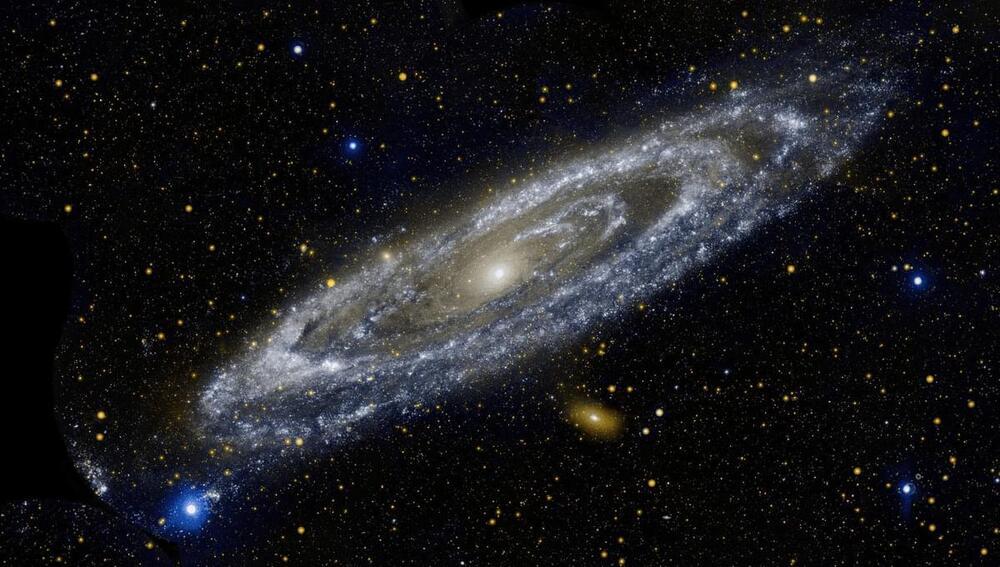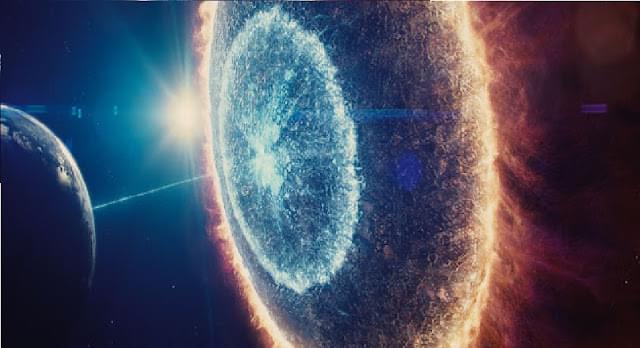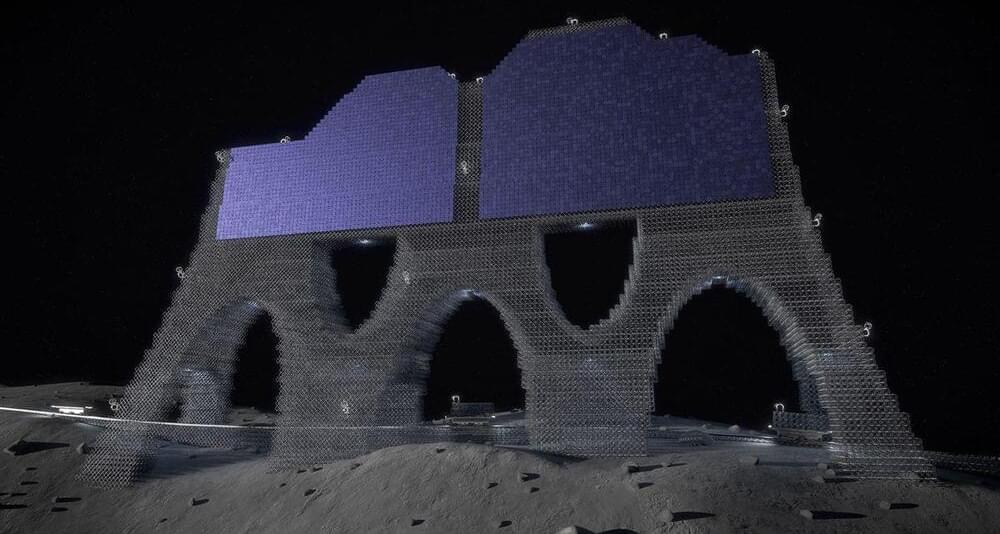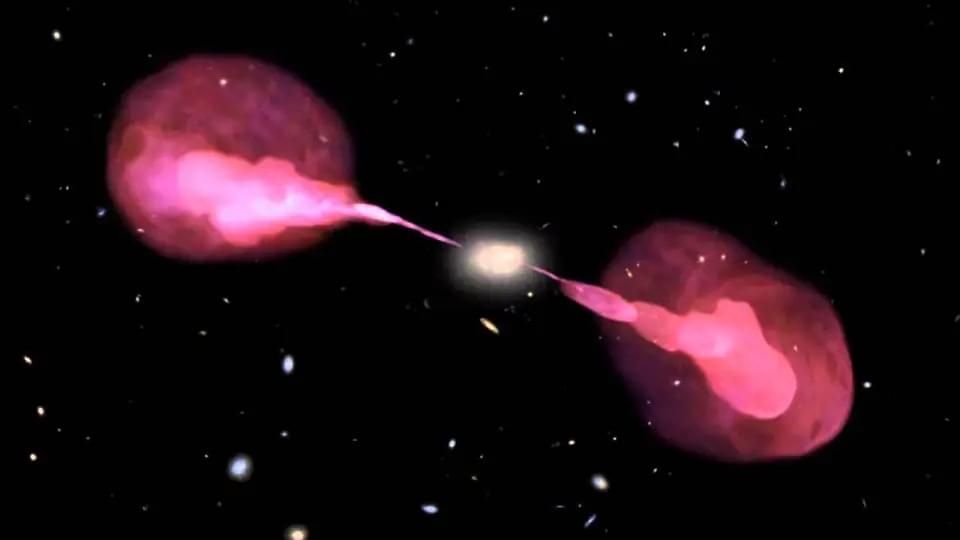The Firefly Sparkle was previously imaged by Hubble Space Telescope and Keck Observatory, but was followed-up using the power of both gravitational lensing and multi-wavelength data from JWST’s CAnadian NIRISS Unbiased Cluster Survey (CANUCS). The role of the lens was played by the massive galaxy cluster called MACS J1423.8 + 2,404, which lies between us and the Firefly Sparkle.
“Without the benefit of this gravitational lens, we would not be able to resolve this galaxy,” said Kartheik Iyer, a co-lead author of the paper, in a press release. “We knew to expect it based on current physics, but it’s surprising that we actually saw it.”
In the team’s paper, published in Nature on Dec. 11, they created a model to “undo” the visual distortions of the lensing. It turns out that the Firefly Sparkle’s original form appears like a stretched raindrop; its stars have not yet settled into either the central bulge or a thin disk. In other words, the galaxy is still very much in the process of forming.





